Written by The Expat Team.
A country largely unknown to mainstream travellers, Laos has found itself firmly on the trail for seasoned tourists looking for something both new and genuine. The Expat’s editorial team takes a look at the country’s history, its people, and the charming, culturally rich small city of Luang Prabang.
As a landlocked country in Southeast Asia occupying the northwest portion of the Indochinese peninsula, Laos shares borders with China, Vietnam, Cambodia, Thailand, and Burma and is home to approximately 6.5 million people, less than the population of Greater Kuala Lumpur. Laos is a mountainous country in the north, while thick forests cover the eastern areas. The mighty Mekong River flows through the country for over a third of its course, serving as the rice bowl for most of its inhabitants. Despite these natural resources, however, Laos is one of Asia’s poorest countries, with a nominal GDP per capita of just US$1,692, and a Human Development Index ranked 139th out of 187 countries.
It is also one of the world’s few remaining communist states however, since the collapse of the Soviet Union in 1991, it has struggled to find its position within a shifting political and economic setting. Communist forces overthrew the monarchy in 1975, followed by years of isolation from the international community. Laos began opening up to the world in the 1990s but, despite tentative developments, it remains poor and somewhat reliant on international donations.
Taking a Seat at the World’s Table
During the 1990s, the country began making more diplomatic overtures towards its neighbours. In 1991, the country adopted a new constitution that dropped all references to socialism but retained the one-party state. In addition to implementing market-oriented policies, it also passed laws governing property, inheritance, and contracts. These moves paid off and, in 1995, the US announced the lifting of its ban on aid to Laos.
The country’s move towards a market economy, and a general relaxation of restrictions, as well as the emergence of a fledgling tourism industry won much support. In a landmark event, Laos joined hands with its regional neighbours and became a member of ASEAN in July 1997.
In the Feb 2002 parliamentary elections, 165 out of 166 candidates were members of the governing Lao People’s Revolutionary Party. In 2006, Choummaly Sayasone became party secretary-general and president of Laos, while the former First Deputy Prime Minister Bouasone Bouphavanh became prime minister, preceded by Thongsing Thammavong.
Laos Today
The government has implemented gradual economic and business reforms since 2005 to somewhat liberalise its domestic markets. In 2011, it opened a stock market in Vientiane as part of a tentative move towards capitalism. Laos also belongs to a number of international organisations, including the United Nations, ASEAN Regional Forum, International Monetary Fund, and the World Bank. Most recently, Laos became a member of the World Trade Organisation.
Economic growth since the 1990s has reduced poverty levels to some degree, but Laos still relies heavily on foreign aid and investment. By most international estimates, Laos is one of the 10 poorest countries in the world, perhaps due to the fact that the subsistence farmers, who make up more than 80% of the population, have been plagued with bad agricultural conditions, floods, and drought since 1993. Additionally, the Asian financial crisis of 1997 caused the national currency, the kip, to lose more than ninetenths of its value against the US dollar.
Outside the capital, many people live without electricity or access to basic facilities. As mentioned, over 80% of Lao’s population practices subsistence agriculture and farming, growing crops and raising livestock to feed themselves and their families.
Lao is the official language, although other local languages include Khmu, Hmong, Vietnamese, and over 100 more dialects. Major foreign languages used throughout the nation are French – the colonial language – and English. Curiously enough, though Lao is the official language of the nation, only about half the population are actually able to speak it. Most speak either French or local rural dialects, with English increasingly being used in education.
The ethnic Lao in Laos account for 50-60% of the population and live mainly in the lowlands. According to an official classification from 1995, the country contained over 40 ethnic groups, mostly residing in the countryside and mountains. The cities contain significant ethnic Chinese and Vietnamese populations. Other important groups include the Khmou (11%), the Hmong (8%), and more than 100 smaller ethnic groups that total about 20% of the population and comprise the so-called highland or mountain tribes. Ethnic Vietnamese also make up 2%.
Despite years of war and isolation, Laos remains one of Southeast Asia’s most pristine environments, home to a variety of rich cultures, simple village life, and a relaxed, laid-back population. Because of this, tourism is soaring in Laos: in the last 20 years, the number of international visitors annually has gone from just 80,000 to some 1.9 million. This is helping to drive the economy of Laos, which is accelerating rapidly with energy, metals, and mining all contributing. Leading the pack, though, is tourism, and one of the most endearing examples of the country’s tourist appeal is Luang Prabang.
A City Lost in Time
Luang Prabang is one of those cities that hasn’t yet realised how lovely it truly is. This UNESCO World Heritage Site sits at the confluence of the Nam Khan and Mekong rivers, some 425km north of the Laotian capital of Vientiane, which took the glory of being the seat of government away from Luang Prabang in 1975 when the communists came to power.
For a place that was once the capital of a kingdom of the same name and is now a firmly ingrained stop on the tourist trail, Luang Prabang is pocket-sized and charmingly low-key. With just four roads and a smattering of alleyways that connect the traditional wooden houses with those grander colonial structures, the town moves as slowly as the muddy river that chugs alongside it. Locals live out a life much as their predecessors did, their existence unhampered (and hopefully improved) by the fact that their home become a destination for many tourists seeking authentic cultural experiences.
Lazy Days in Luang Prabang
And what an experience it is! Mornings start early in Luang Prabang: the streets are lined with tourists and locals, kneeling on bamboo mats, clutching pots full of rice, crackers, and sweets, as the sun begins to peep over the horizon. In the grey dawn, the brilliant orange of the monk’s robes seems curiously otherworldly as they line up neatly and begin their procession, shaven heads bowing gracefully as their pots are filled with daily provisions.
The next stop is the market, which explodes into life in an alley that seems too small to accommodate such as a throng of sellers and buyers, Laotians and foreigners alike amble down the narrow gap between the bamboo mats on which wrinkled Laotian women sit with their wares. The market offers a feast for the eyes and the locals seem good-natured when the camera comes out, happy for you to snap their piles of violent red chillies, their fish the size of frying pans, the warm fluffy pancakes that emerge from their waffle-like pressers, and the mounds of fruit and vegetables of more size and variety than you ever imagined.
The bulk of the day evaporates in lazy strolls around town, as temple after temple accosts you and demands a visit, a picture, an hour of your time. Each temple is unique, glowing with colour and humming with shimmering gold in a manner that would seem obscene were it not for the beauty. Novice monks scuttle around the temple grounds while old, wrinkled monks eye tourists with patience, happy to nod and smile as you try to capture this captivating combination of sheer splendour and humble simplicity with the lens of your camera.
As the sun begins to make its descent, the crowds flock up the hill in the centre of the city” to where Wat Chom Si – yet another holy structure – reaches up to the sky. Those seeking to avoid the crowds head down to the river, where the approaching dusk brings out the locals, who sit and chat over tea at wooden stalls along the bank.
Trips Out of Town
It is easy to while away the days exploring the few streets of Luang Prabang, but for those wanting a broader taste of the pleasures on offer, a visit to one of the many tourist offices will enable you to pick from an array of day trips and activities. Many tourists opt for a trip to an elephant camp, and while some may have reservations about just how authentic something priced in US dollars could be, a three day/two nights stay at the riverside elephant camp is a truly worthwhile experience, getting you up close and personal with the mighty beasts. Guests also travel around by long boat with a team of petite and patient Laotian men who tend the elephants with care and attention. Riverside accommodations – a nice wooden chalet in the jungle – are basic, but nevertheless comfortable.
Another option for the active is a hike to a local village, and while in the countryside, visitors may be taken by surprise at the bucolic scenes of unabridged attractiveness. Years of city living simply cannot prepare travellers for this sort of encounter with a very humble way of life. The contrast is astounding, and many come away awed by how very different and how simply the pace and way of living is carried out in one of ASEAN’s most laid back locales.
Read more:
Source: The Expat magazine October 2015
"ExpatGo welcomes and encourages comments, input, and divergent opinions. However, we kindly request that you use suitable language in your comments, and refrain from any sort of personal attack, hate speech, or disparaging rhetoric. Comments not in line with this are subject to removal from the site. "



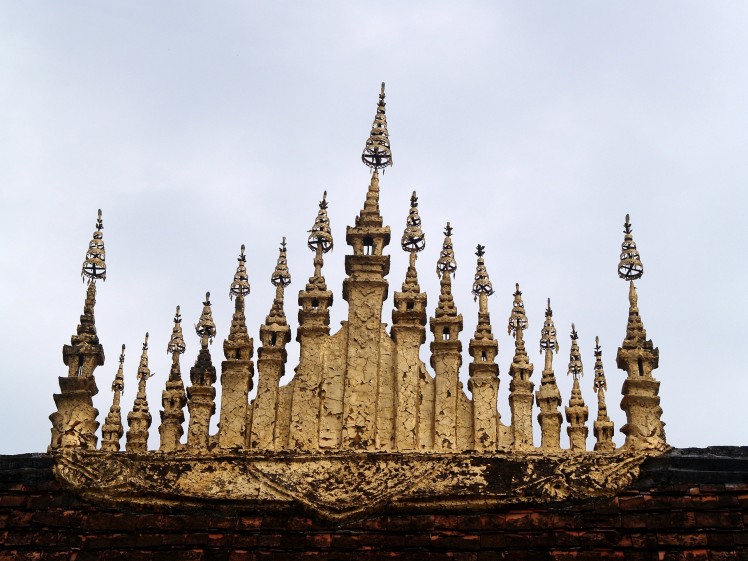
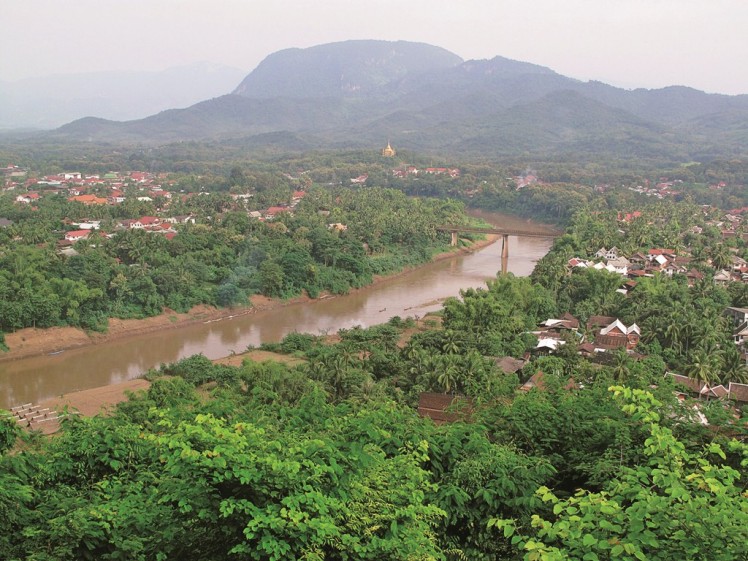
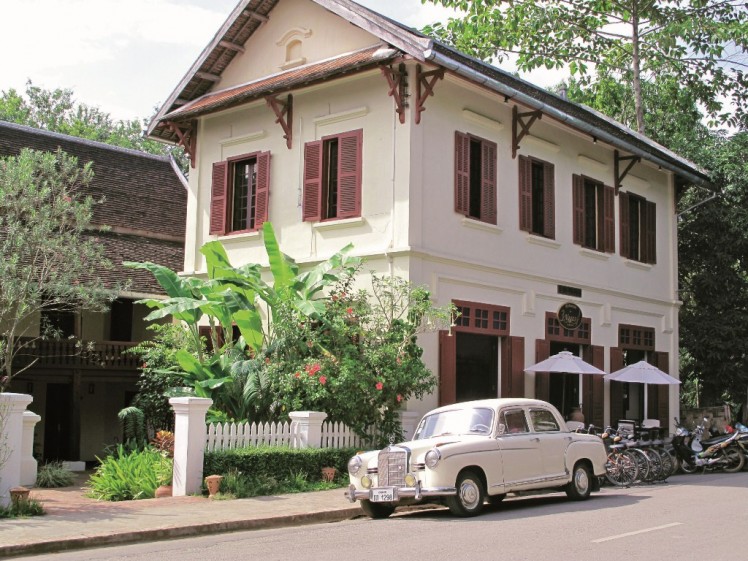
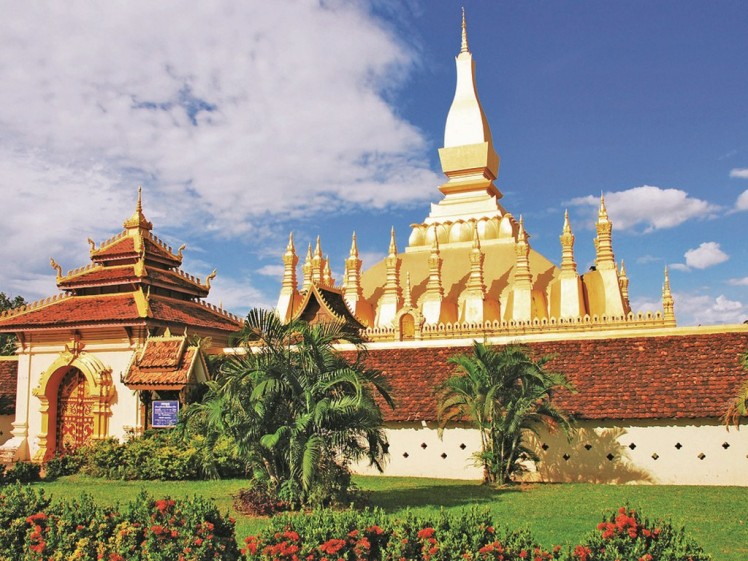
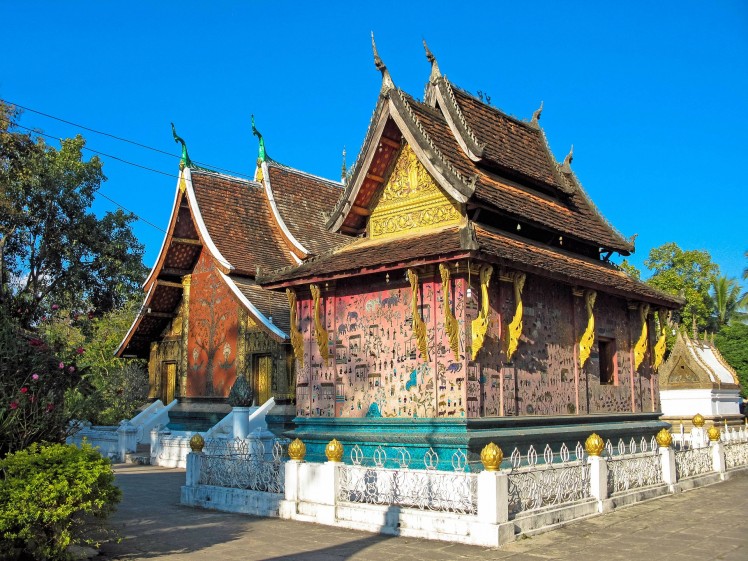
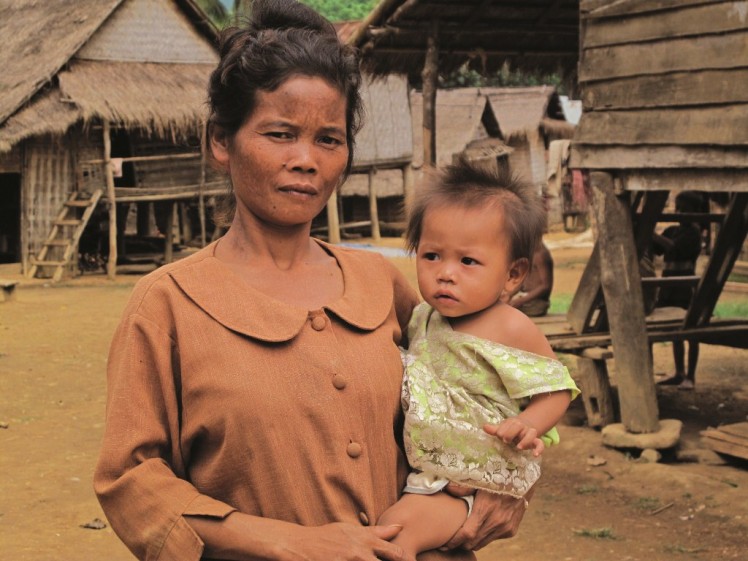
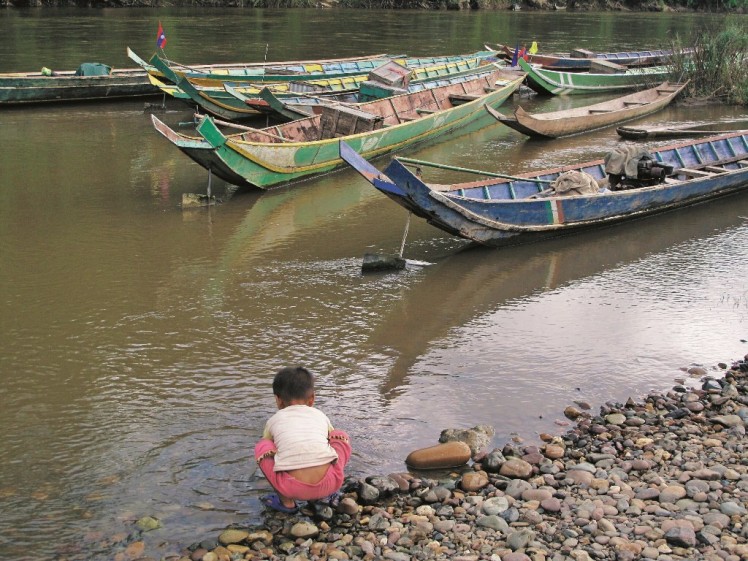


















Bell Mckenzie Howell
le froid est là!!!
y’a pas plus agréable pour un bon massage sensuel.
et de terminer sous une douche équipé de chauffe eau.
envi de passer de bon moment inoubliable?
venez nous voir.
nous sommes seules dans notre villa de grande standing, nous vous faisons voyagés au paradis du bien-être secret du massage.
N.B: SATISFACTION ASSURÉE!!!
NOUS COMBLERONS VOS ENVIES LES PLUS FOLLES.
faites le 77 381 47 87 / 77 181 19 99 ou le 70 820 94 90
It’s very useful for newbies to Laos.